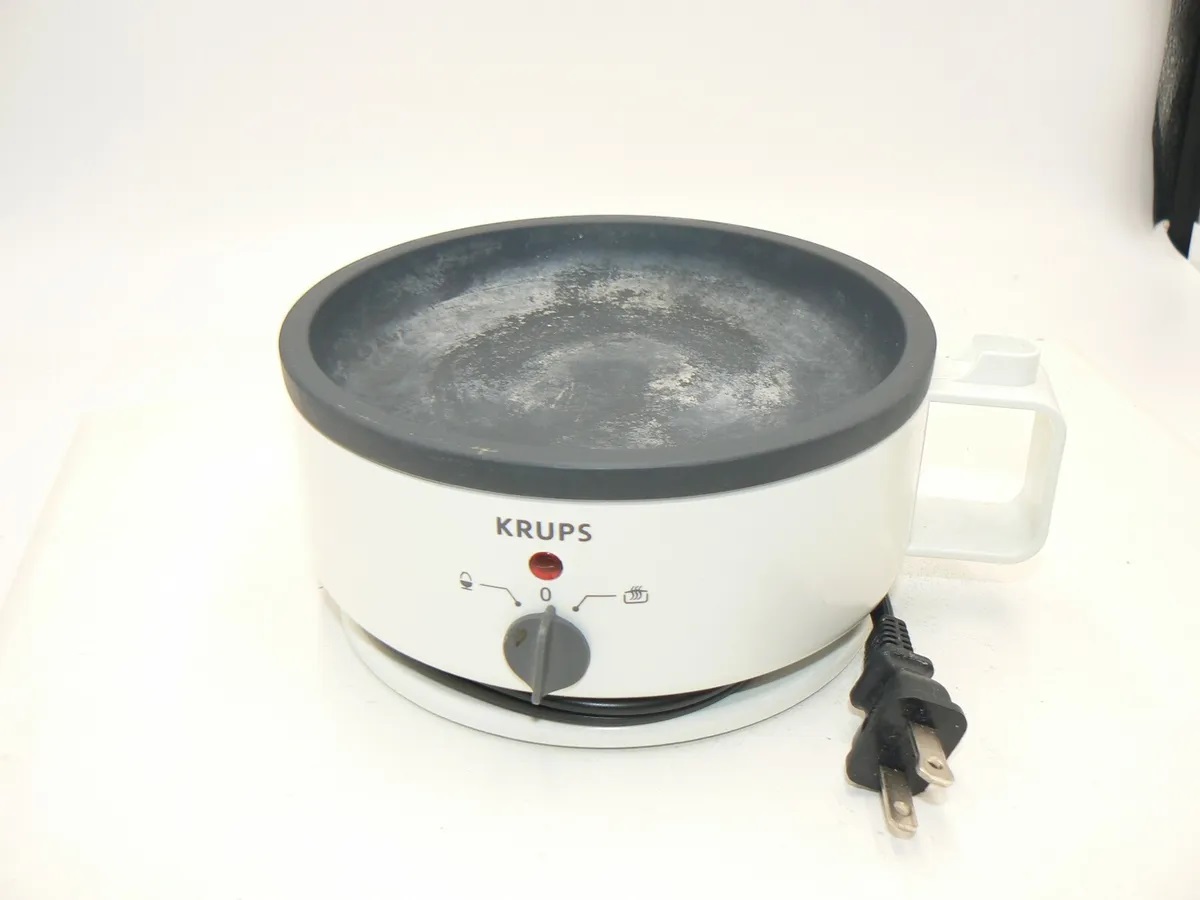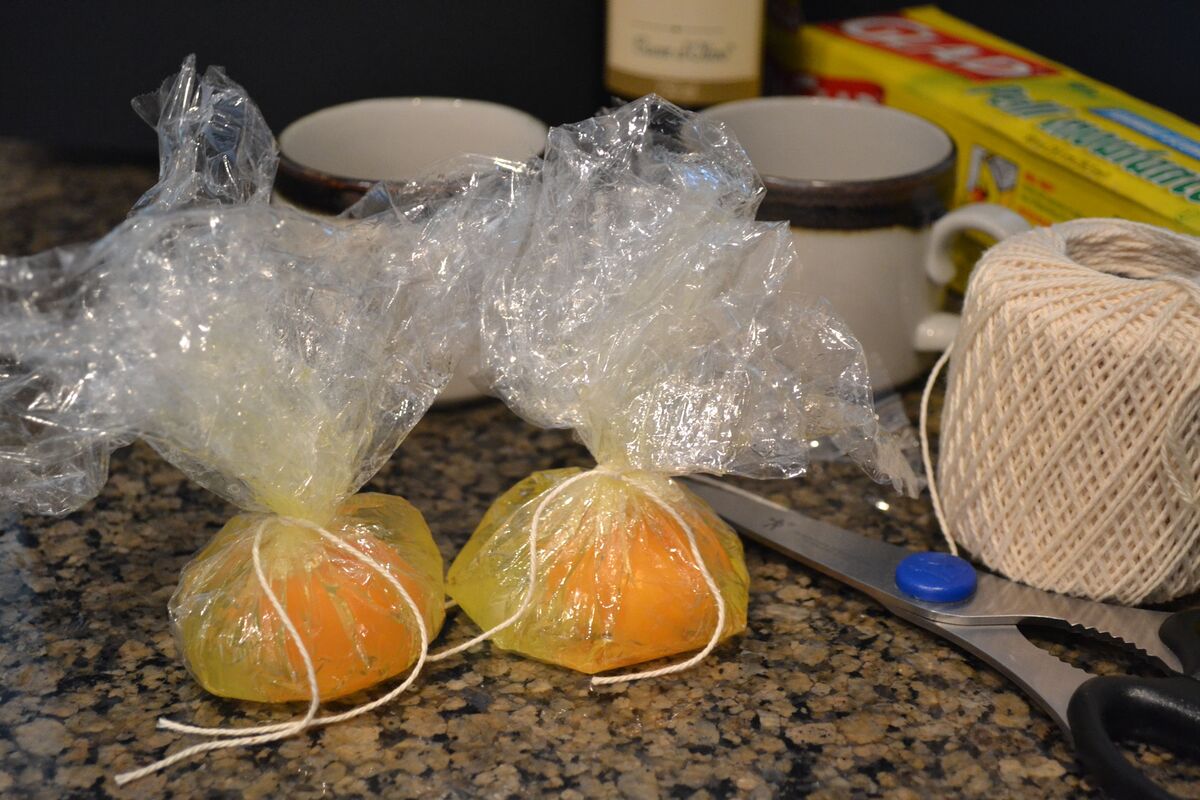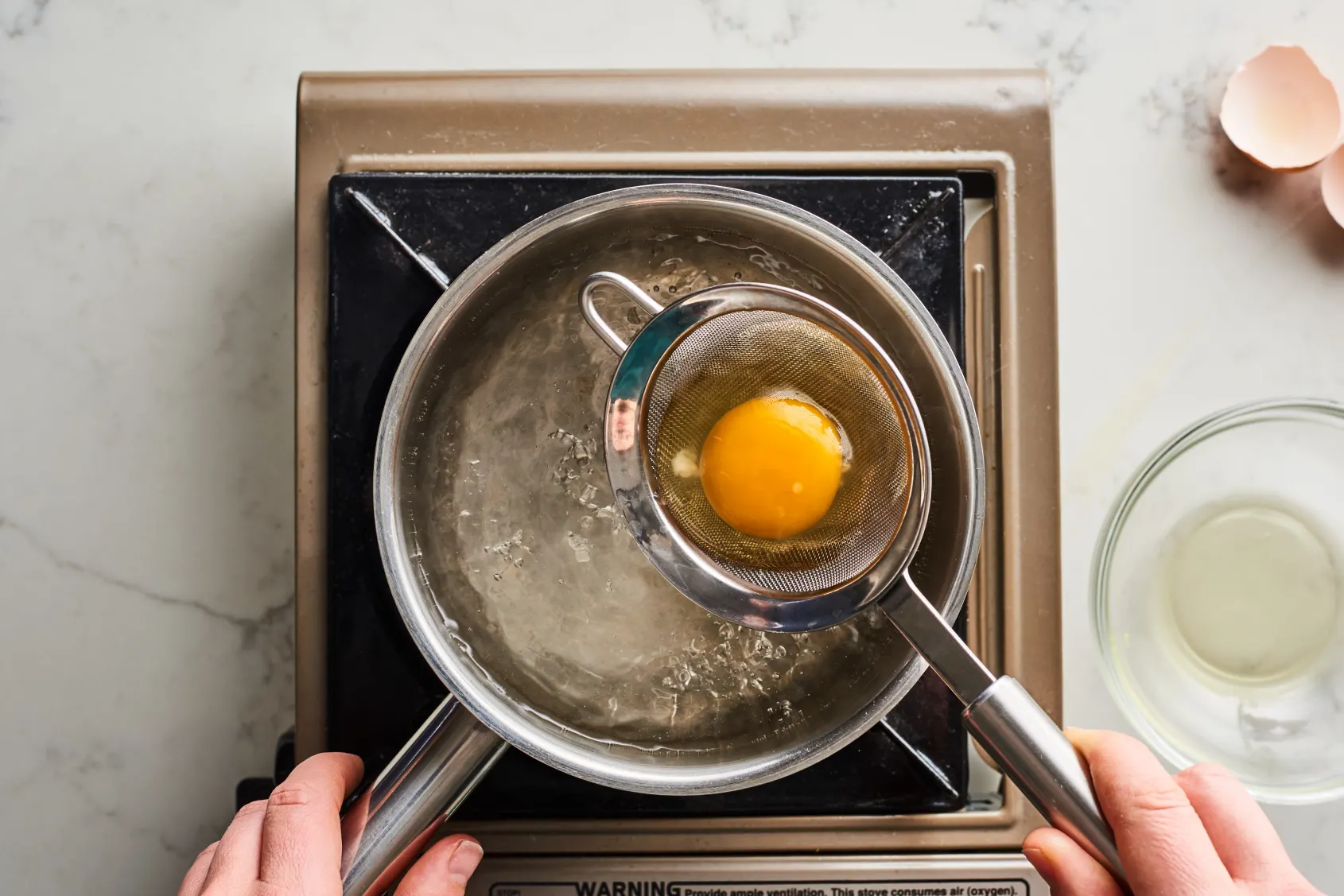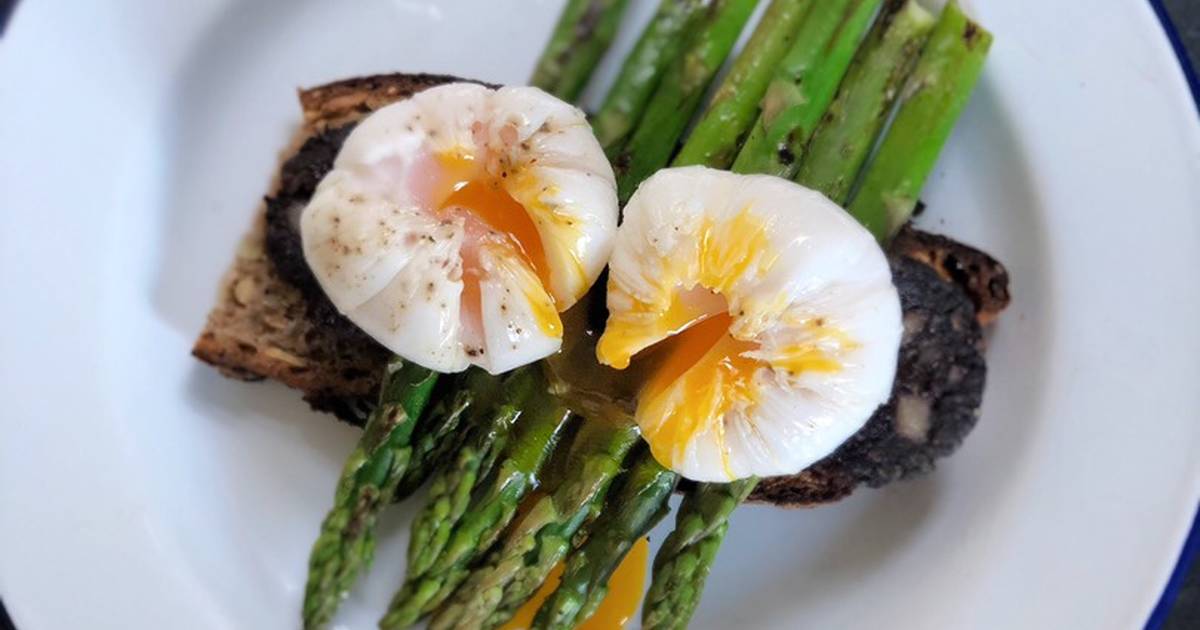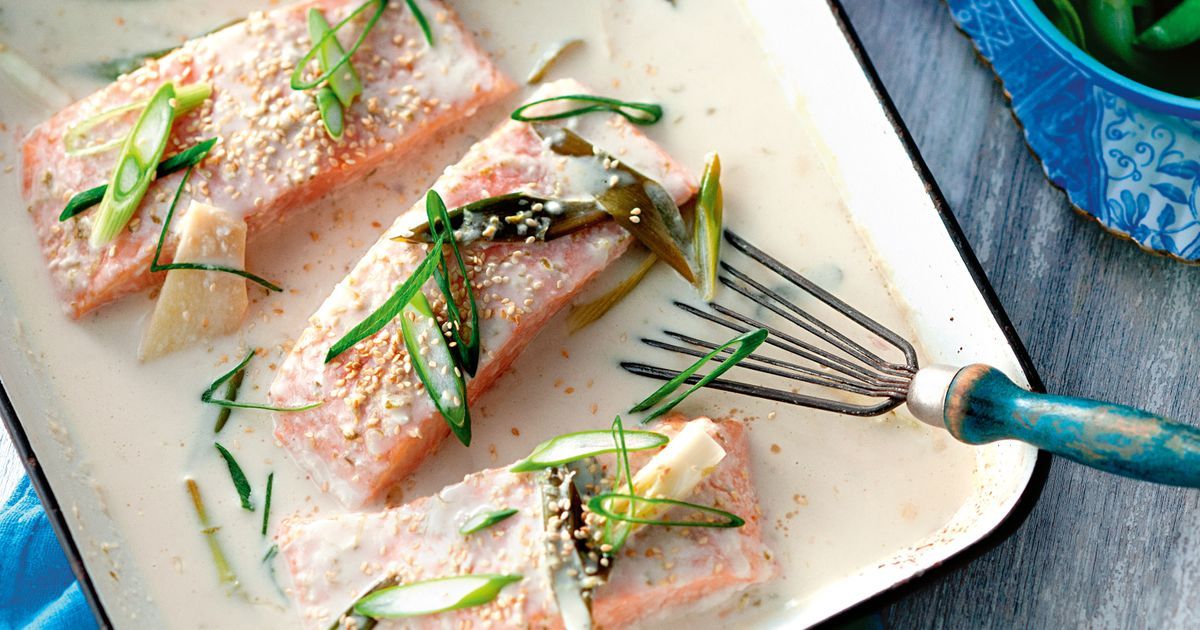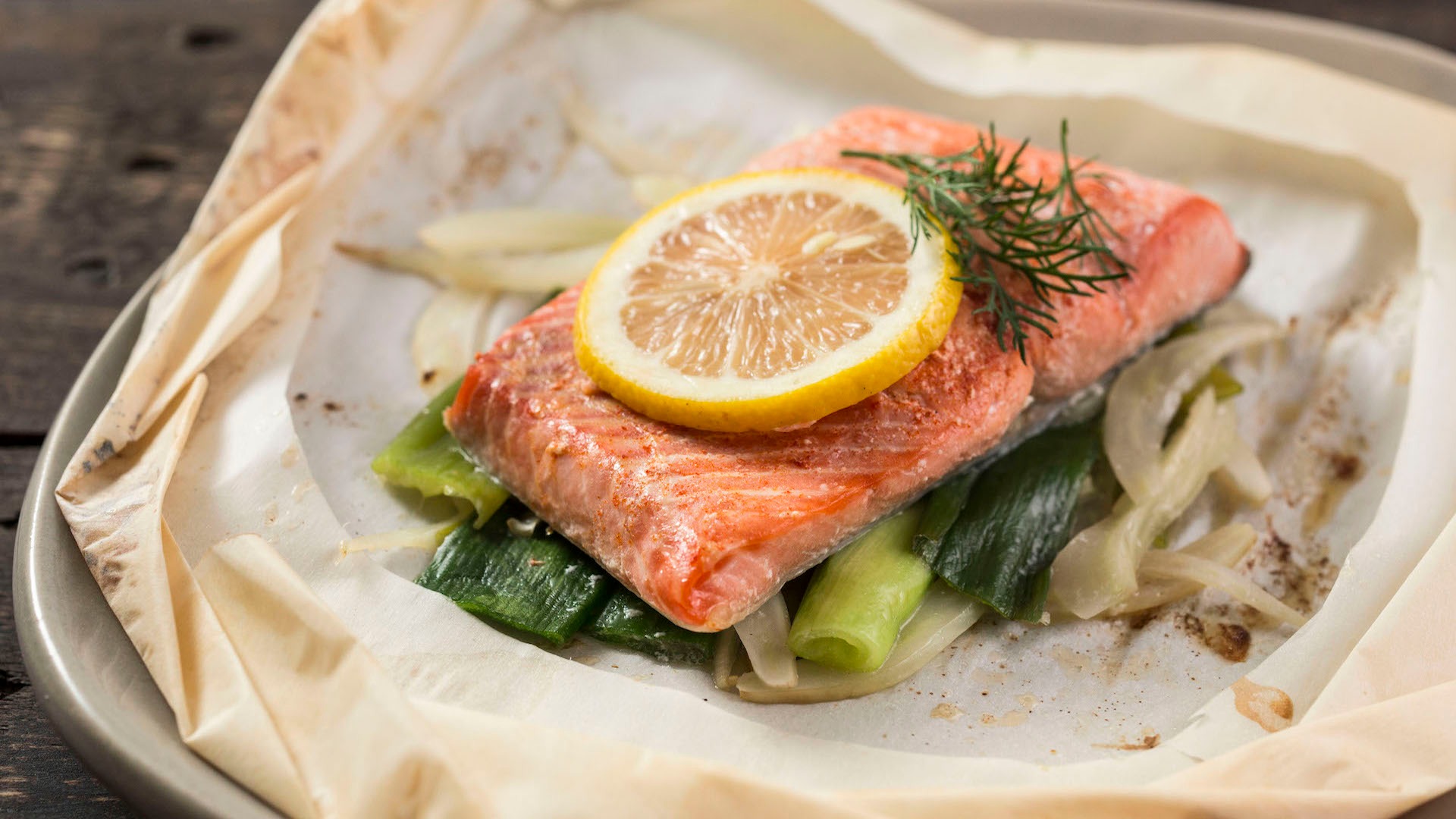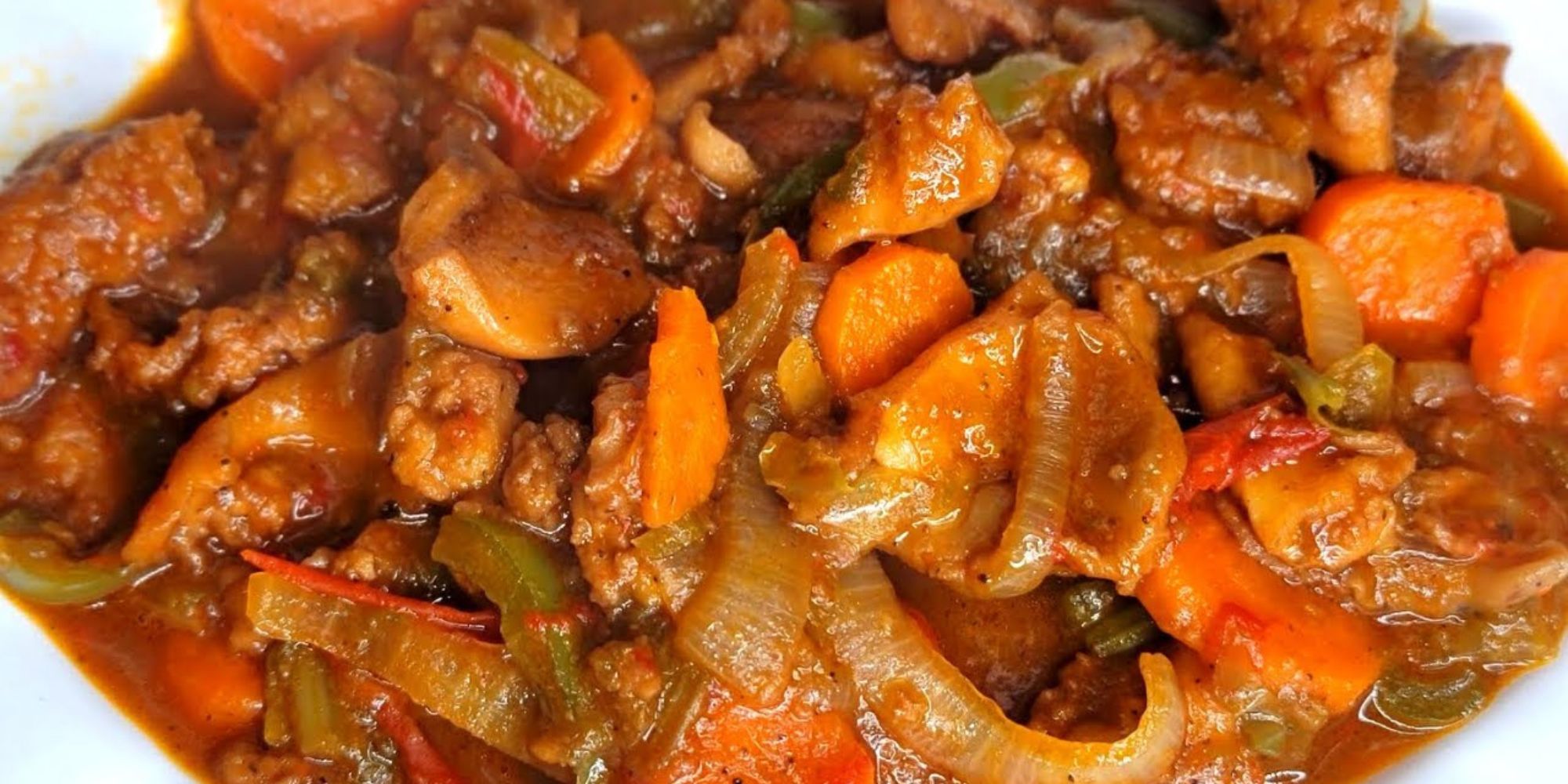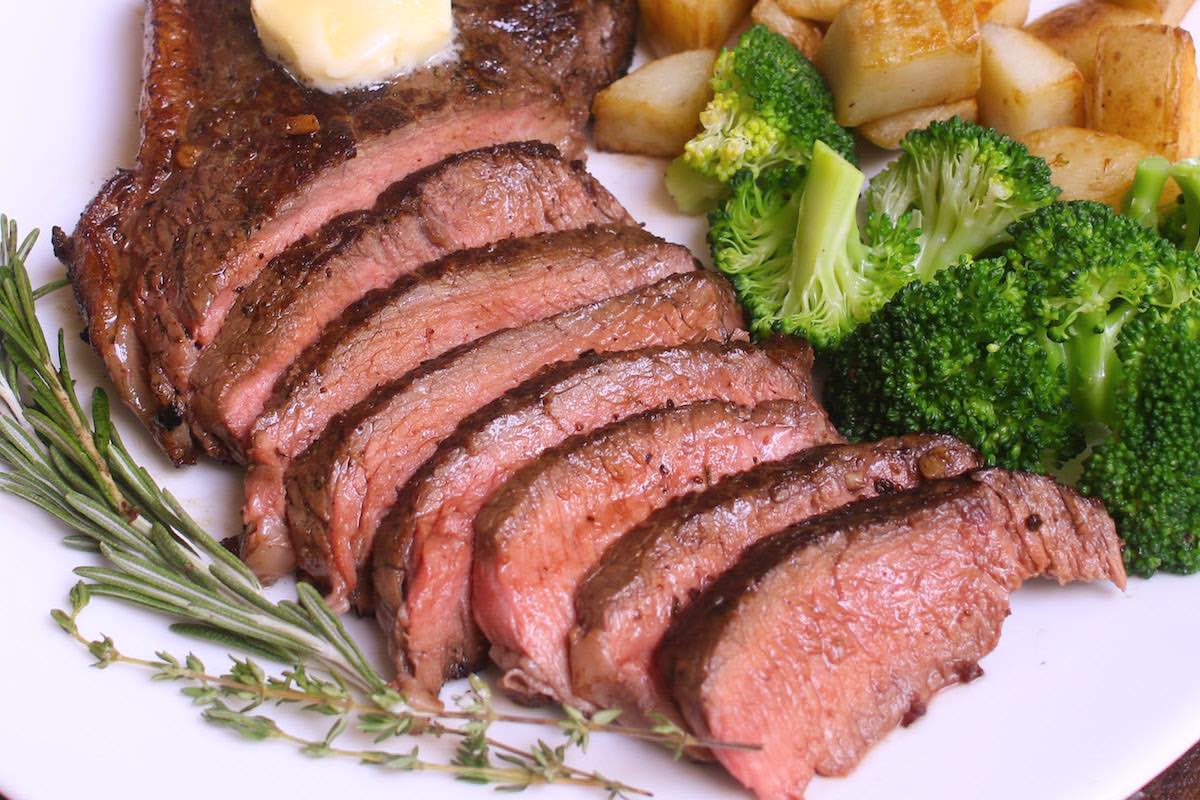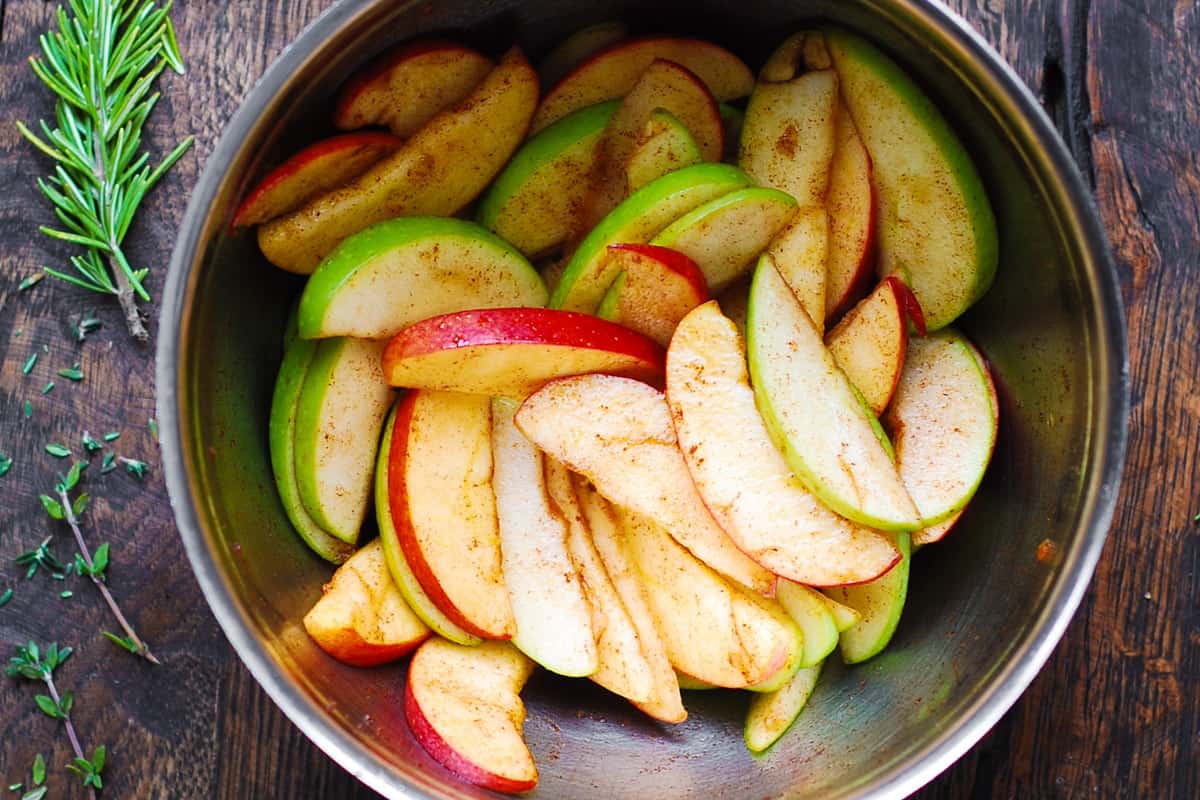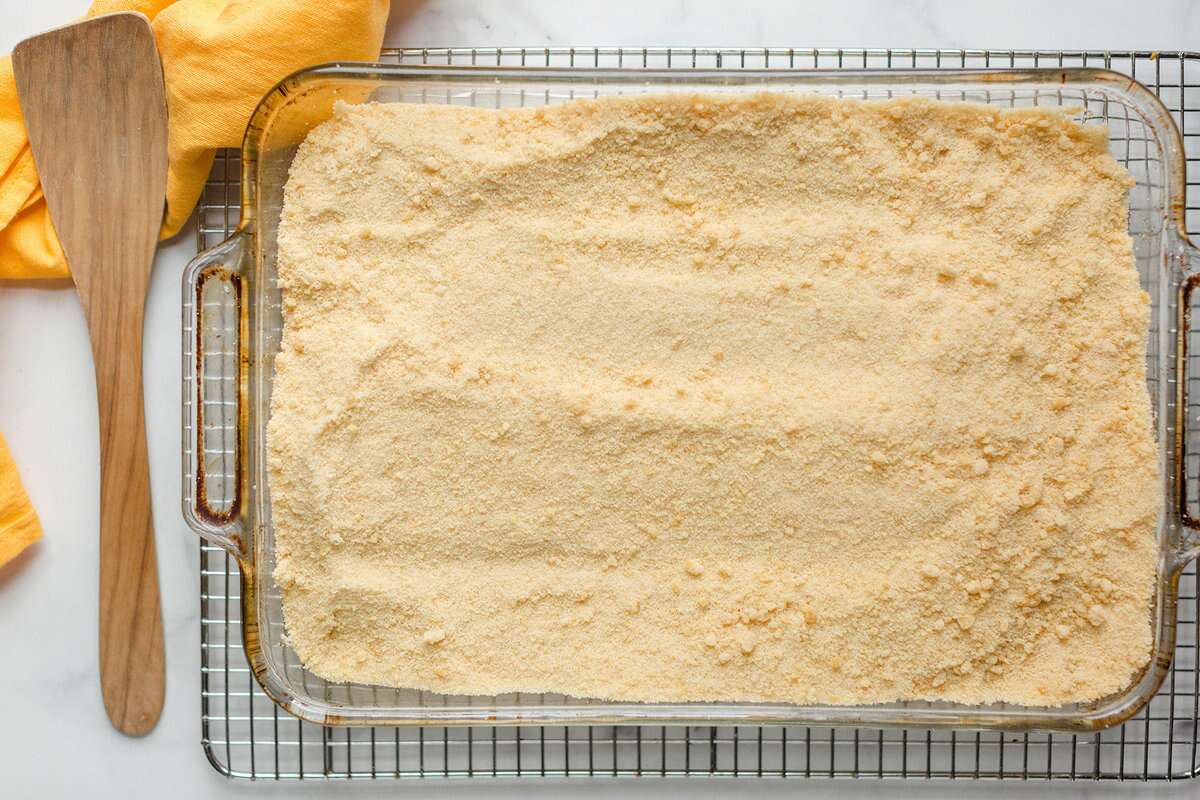Mastering the Art of Poaching Eggs
There’s something truly satisfying about cutting into a perfectly poached egg and watching the golden yolk spill out. Poaching an egg may seem daunting at first, but with a little practice and the right technique, you can master this classic cooking skill. Follow these simple steps to learn how to poach an egg like a pro.
What You’ll Need:
- Fresh eggs
- Vinegar
- Slotted spoon
- Small bowls
- Medium-sized pot
Step 1: Prepare the Water
Fill a medium-sized pot with water and bring it to a gentle simmer over medium heat. Add a splash of vinegar to the water, which helps the egg whites to coagulate more quickly.
Step 2: Crack the Egg
Crack a fresh egg into a small bowl. This will make it easier to slide the egg into the water and will help prevent the yolk from breaking.
Step 3: Create a Whirlpool
Using a spoon, stir the simmering water to create a whirlpool. This swirling motion will help the egg whites wrap around the yolk, resulting in a neater shape.
Step 4: Add the Egg to the Water
Gently slide the cracked egg into the center of the whirlpool. The swirling water will help the egg whites to wrap around the yolk, creating a more uniform shape.
Step 5: Monitor the Egg
Let the egg cook for about 3-4 minutes, depending on how runny you like the yolk. Use a slotted spoon to carefully lift the egg out of the water and onto a paper towel to drain any excess water.
Step 6: Serve and Enjoy
Once the egg is drained, it’s ready to be served. Poached eggs are delicious on their own, served over toast, or as a topping for salads and savory dishes.
With a little practice, you’ll be able to poach eggs with confidence and impress your friends and family with your culinary skills. So, next time you’re craving a perfectly poached egg, don’t hesitate to give it a try!
Now that you’ve learned the art of poaching eggs, you can elevate your breakfast and brunch game with this classic cooking technique. Happy poaching!
Explore More Delicious Recipes and Uses for Poached Eggs
Now that you have mastered the art of poaching eggs, a variety of delicious recipes await your newfound skill. Try the Avocado Toast with Poached Egg Recipe for a simple yet satisfying breakfast or brunch. The creamy texture of avocado paired with the silky poached egg provides a delightful taste experience. Additionally, the Smoked Salmon and Poached Egg on Toast Recipe offers a gourmet twist with the rich flavors of smoked salmon enhancing the delicate egg. For a heartier meal, consider the Poached Egg Burger Recipe, where the runny yolk adds a luxurious sauce to the burger. These recipes not only show the versatility of poached eggs but also allow you to impress at your next meal.
